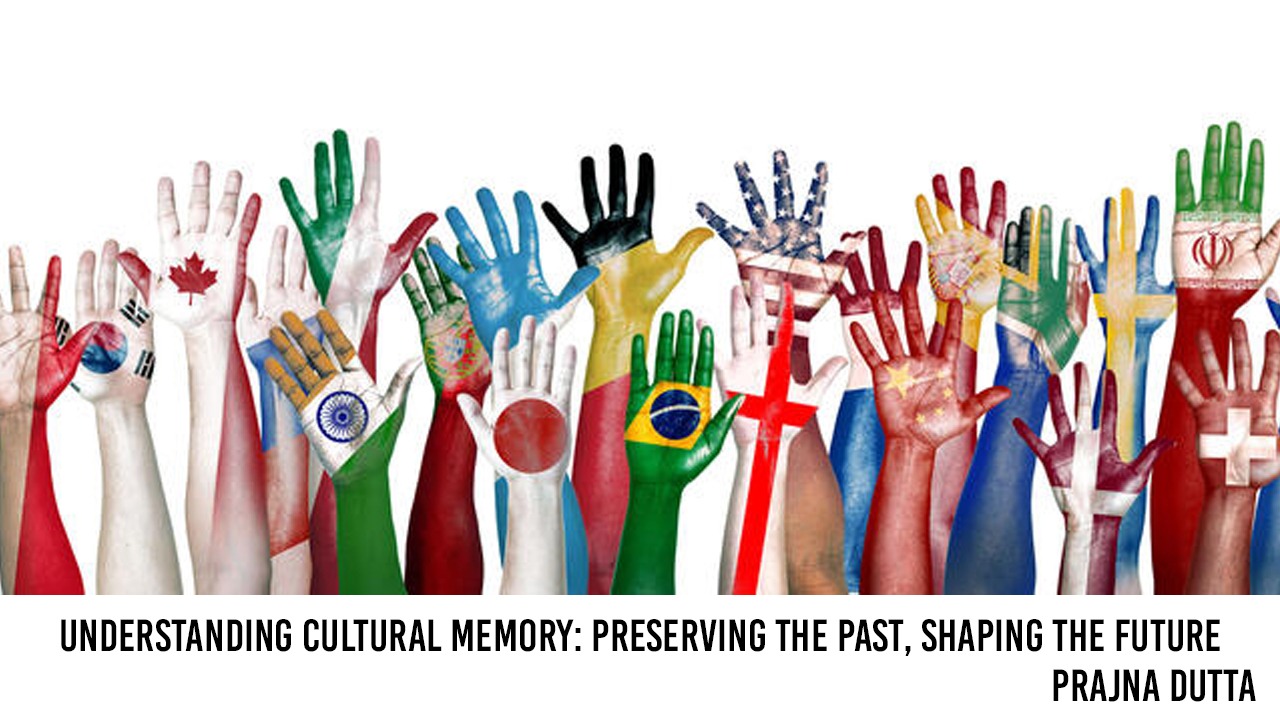Introduction
Cultural memory, a concept that has gained significance in the fields of sociology, anthropology, history, and cultural studies, refers to the way in which groups and societies remember, interpret, and pass on their collective experiences and knowledge from one generation to another. It encompasses the traditions, customs, rituals, stories, and artifacts that form the basis of a community's identity and serves as a framework for understanding the present and shaping the future. This article explores the importance of cultural memory, its manifestations, and its role in preserving the past and shaping the identity of societies.
Manifestations of Cultural Memory
Cultural memory is manifested through various mediums, including oral traditions, folklore, literature, art, music, architecture, and religious practices. These forms of expression serve as repositories of collective experiences, beliefs, and values, providing a sense of continuity and belonging to individuals within a community. For example, oral traditions and folklore play a crucial role in preserving the history and wisdom of a community, often through storytelling, myths, legends, and proverbs that are passed down through generations.
Similarly, cultural artifacts such as paintings, sculptures, and historical monuments serve as tangible expressions of cultural memory, providing a link to the past and anchoring a community's sense of identity. Moreover, religious rituals and ceremonies, including festivals and commemorations, perpetuate cultural memory by reinforcing shared beliefs and practices, fostering a collective sense of belonging, and transmitting values and norms to future generations.
Preserving the Past
Cultural memory plays a vital role in preserving the past by safeguarding the heritage, traditions, and historical narratives of a community. Through the preservation of cultural memory, societies can maintain a connection to their roots, learn from past experiences, and avoid the loss of valuable knowledge and wisdom. Institutions such as museums, archives, libraries, and heritage sites serve as custodians of cultural memory, safeguarding and interpreting the artifacts and documents that embody a society's collective history.
Additionally, efforts to document and record oral traditions, languages, and rituals are essential in preserving cultural memory, particularly in the face of globalization, urbanization, and cultural homogenization, which can pose threats to the survival of traditional practices and knowledge systems. By recognizing the significance of cultural memory, societies can work towards the conservation and revitalization of their cultural heritage, ensuring that future generations have access to the rich tapestry of their collective past.
Shaping Identity and Future Directions
Cultural memory not only preserves the past but also shapes the identity of a community and influences its future trajectory. By engaging with their cultural memory, individuals and communities derive a sense of belonging, rootedness, and continuity, which form the foundation of their identity. Understanding one's cultural memory fosters a sense of pride, solidarity, and shared purpose, contributing to social cohesion and resilience in the face of change and adversity.
Moreover, cultural memory informs the decisions and actions of societies, providing a framework for addressing contemporary challenges and envisioning future possibilities. By drawing on the lessons and experiences embedded in their cultural memory, communities can navigate complex issues, innovate, and adapt while staying true to their core values and heritage. Furthermore, cultural memory serves as a wellspring of creativity and inspiration, influencing artistic expressions, literature, and the collective imagination of a society.
Conclusion
In conclusion, cultural memory is a fundamental aspect of human societies, shaping their identity, preserving their heritage, and guiding their continuity. By recognizing and valuing cultural memory, societies can foster a deeper appreciation for diversity, promote intercultural dialogue, and work towards a more inclusive and equitable future.
However, it is important to acknowledge that cultural memory is not static and can evolve over time. As societies change, adapt, and encounter new experiences, their cultural memory undergoes reinterpretation and renegotiation. This dynamic process allows for the incorporation of new narratives, experiences, and perspectives into the cultural memory, ensuring its relevance and resonance with present and future generations.
In an increasingly interconnected world, the concept of cultural memory also extends beyond individual communities to encompass shared global heritage and the preservation of humanity's collective memory. Efforts to safeguard and promote cultural diversity, protect endangered languages, and conserve cultural landscapes contribute to the preservation of a rich and multifaceted cultural memory that transcends national boundaries.
In conclusion, cultural memory is a dynamic and multifaceted phenomenon that plays a pivotal role in preserving the past, shaping the identity of societies, and guiding their future trajectories. By recognizing the significance of cultural memory and actively engaging with it, individuals, communities, and societies can uphold their heritage, foster resilience, and embrace the diversity of human experience. As we continue to navigate an ever-changing world, the preservation and celebration of cultural memory remain essential for building inclusive, empathetic, and culturally rich societies that honor the legacies of the past while embracing the opportunities of the future.

Comments